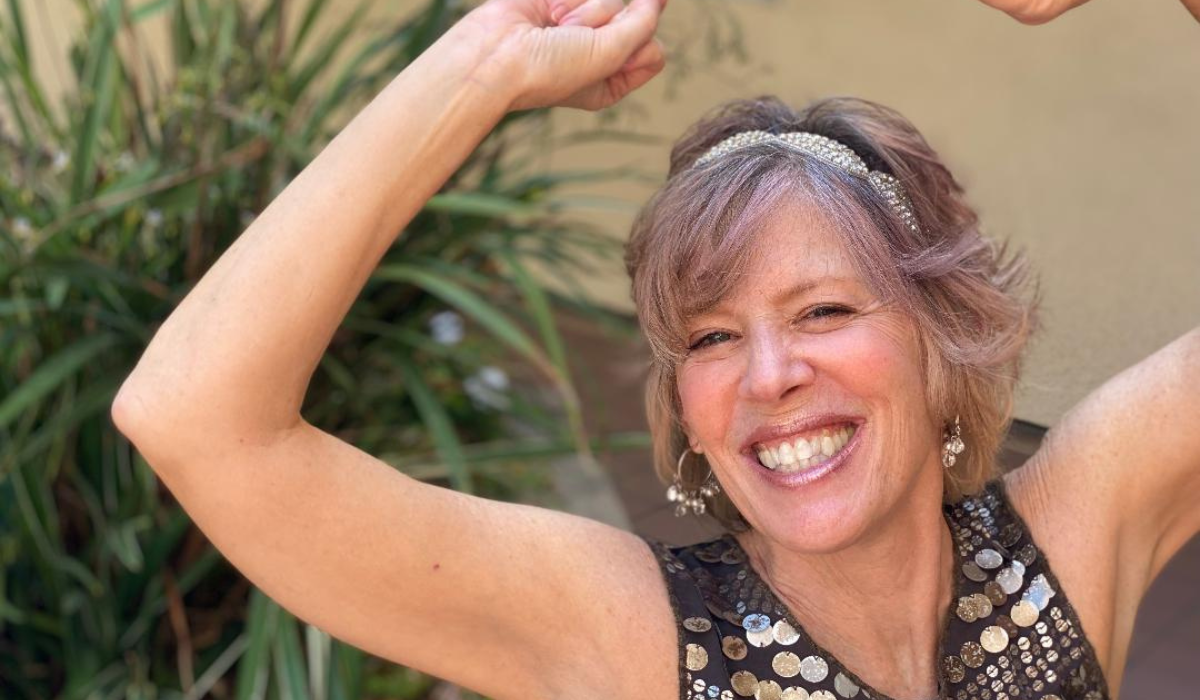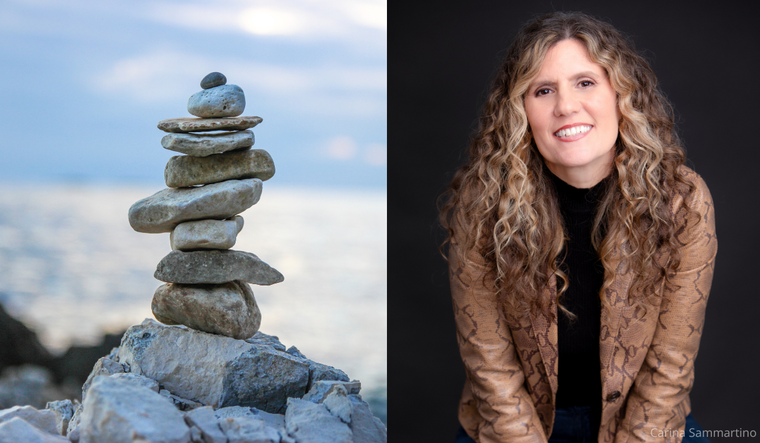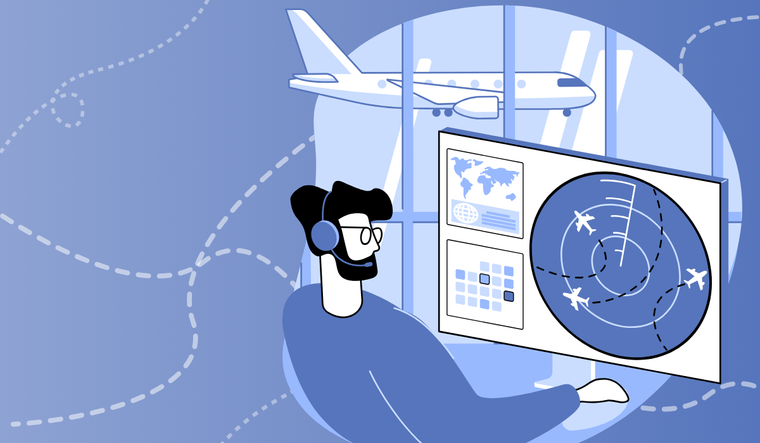How Childhood Trauma and Family Dysfunction Nearly Took My Life—and How I Survived
In late 2019, a few months before the world would shift on its axis, I found myself shaking my head, tears welling, on a sterile exam table.
When I asked my long-trusted doctor how I got the most aggressive form of breast cancer, he paused. “Cynthia, you’ve been trying to fix your dysfunctional family your entire life and the toll that has taken on your body is why you’re so ill.”
I was stunned. But thinking back, of course, that was the answer.
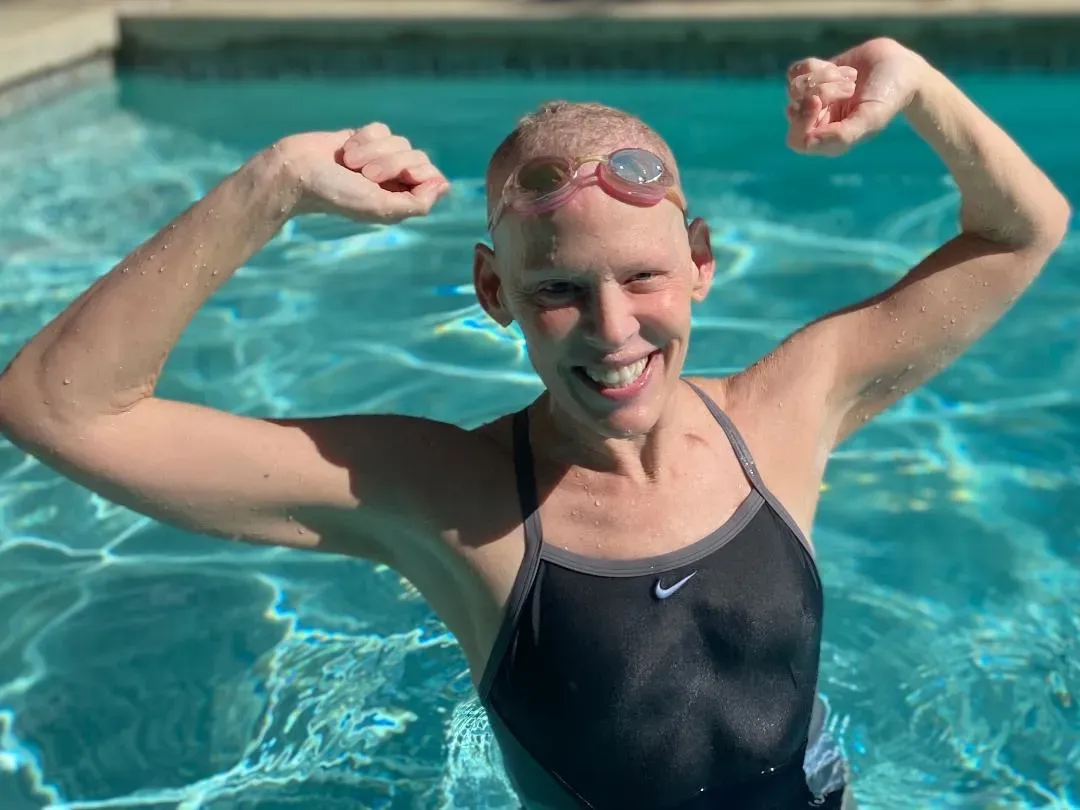
While gritting out chemotherapy, I started my intense study of the whys and wherefores of my life-long, health-related calamities. You see, it took staring down death to face some horrible childhood truths, cast off denial and take the heartbreaking, yet ultimately life-preserving, steps to achieve my unlikely wellness.
My body had been saying no for 59 years, but I hadn’t listened. Now it had my full attention.
Life hadn’t always been a struggle. When I was 21, I was a singer, dancer and actor who lived to perform. I felt healthy and strong and had a laser-beam focus on my show-biz career. My home life was good and my years at university were filled with auditions and performances.
I was high on life — and that near-death bout with anorexia, ongoing struggles with dissociation, and my father’s suicide when I was eight years old had been safely tucked away.
Or so it seemed.
I’d just been cast on the popular TV series Fame, and my life was about to launch when my “living death” began. One day in a college ballet class, a minor hamstring injury triggered a major chronic pain disease. As Complex Regional Pain Syndrome, aka “The Suicide Disease,” ravaged my body, I was bedridden with blazing pain. The CRPS spread most everywhere, even landing in my vocal chords, often rendering me mute.
During my decade in bed, I lost most everything precious. My performance career was over and virtually all of my friends and family ran for the hills. I couldn’t marry the love of my life without losing my health insurance and, after an unnecessary procedure that spread CRPS to my cervix, I lost my chance to have a child.
Concurrently, I suffered profound isolation which led to anxiety and depression, compounded by my doctors dismissing my pain as all in my head. Worst of all, I no longer had hope. Dark thoughts consumed me and soon I meticulously planned my demise.
Fortunately, I had an ace up my sleeve as I still believed I had something to offer. Instead of giving up, I started a nonprofit to help women in pain, globally, from my wheelchair.
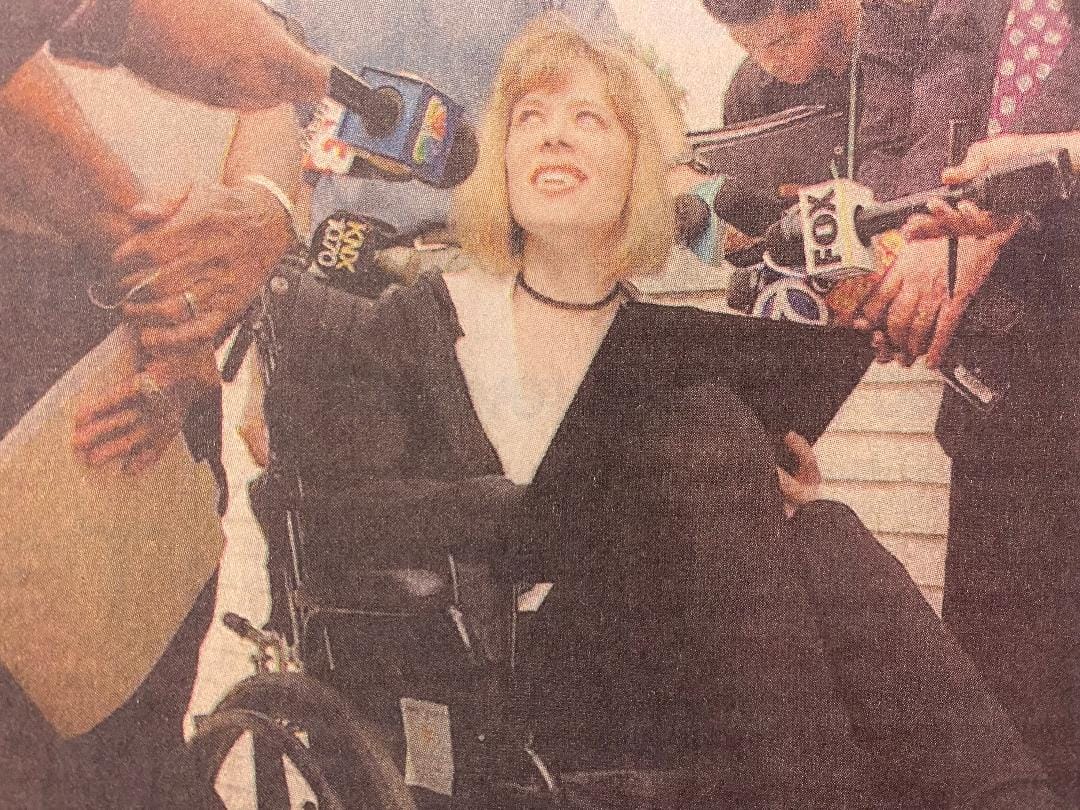
Despite this uptick, I was still in a world of hurt. Over-lapping, auto-immune conditions piled up along with ever-increasing isolation, mostly due to worsening family strife.
Over the decades, I’d tried to fix my family and disease every which way, yet here I was feeling as though I was being buried one shovel full at a time. It seemed my efforts were always rebuffed, as if something was perpetually in the way of my wellness, like an invisible, insurmountable barrier. But what?
As my doctor’s words echoed in my mind, I instinctively knew that to survive cancer, I had to gather information, break the code and forge drastic life changes. I looked at my years of chronic upheaval, took a deep, fearless dive, and extracted three life-preserving nuggets.
At a work conference years prior, I recalled talking with a Stanford pain psychologist. After bringing up my long-time family friction, she stated emphatically that chronic pain is the result of childhood trauma.
That blew my hair back as I’d dealt with a ton of it — besides my father’s suicide, there was mental illness, substance abuse, domestic violence, neglect, divorce, hunger, and endless financial worries. I started paying close attention to the persuasive research addressing this connection.
With death on my door step, I needed to find out if this intersection also applied to cancer. I upped my game by reading every book I could find that examined trauma being a driver for serious illness.
With that research, I gained my biggest puzzle buster. I learned that childhood trauma causes the brain to develop incorrectly which puts the nervous system into chronic “fight or flight” mode. This triggers a near-constant stream of toxic stress chemicals, igniting body wide inflammation, the building block for illness, including, yes, cancer.
I had my answer in spades. Now what?
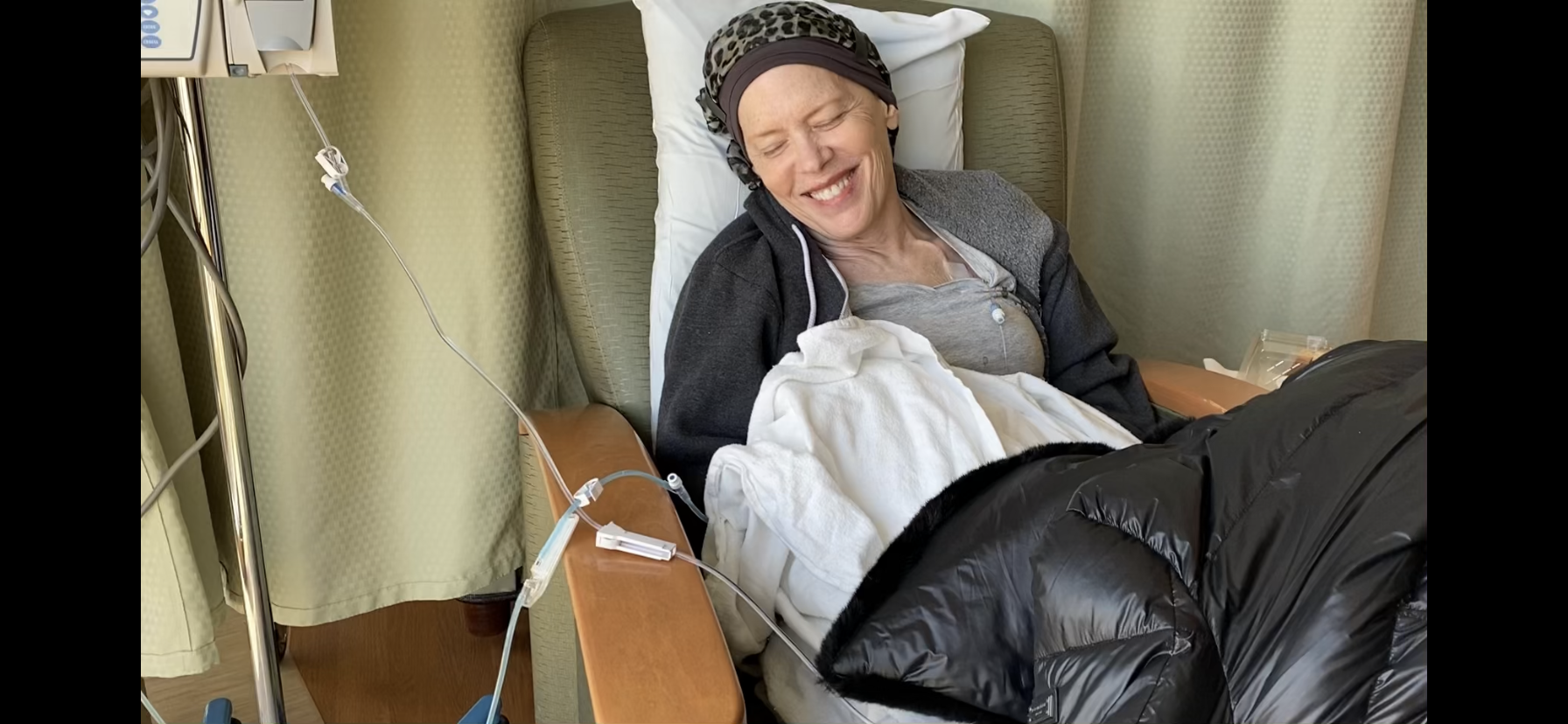
To quiet my chronic “fight or flight” and to regain balance in my nervous system, I needed to find tools to calm body and mind. Hope was still in the house as I knew much of the damage done was reversible. I jumped into the big unwind, if you will.
I started with a life-style choice overhaul. This included eating an anti-inflammatory, cancer hostile diet. Besides fish, everything I now eat is vegan. Also, I exercise for an hour six days a week, as movement goes hand-in-hand with good health.
For the first time in my life, I practice excellent sleep hygiene. For me, the most important part is getting in bed early and turning off all screens for wind-down time. Also, I do a daily guided mindfulness meditation where I often focus on self-healing and inner peace.
Stress management has become my “religion,” and this former workaholic now enjoys a balance between work and play. My work remains meaningful and rewarding, and play takes me to stress-minimizing places like playing the piano, traveling, and kitty cuddling — everything that sparks joy.
To compliment the above, I jumped headlong into trauma release work with a skilled practitioner. Using Eye Movement Desensitization and Reprocessing (EMDR), I remembered and relived early trauma, enabling its toxicity to be extracted from body and mind. Other techniques followed in the form of inner-child work and Ancestral Healing.
Life-changing realizations poured out when my practitioner explained that all in my family, including my ancestors, had experienced deep trauma. This clarified the maladaptive family behavior I'd witnessed and heard about all my life. More intriguing, early on in every dysfunctional family, the unit chooses the strongest member to be the fixer and scapegoat.
That was me, and for my survival, it had to change.
I no longer hold onto the illusion of fixing people and don’t hesitate now to walk away from those who provoke illness, be it toxic doctors, friends or family members. Instead, I’ve learned to light a candle, wish them well, and move on positively with my life.
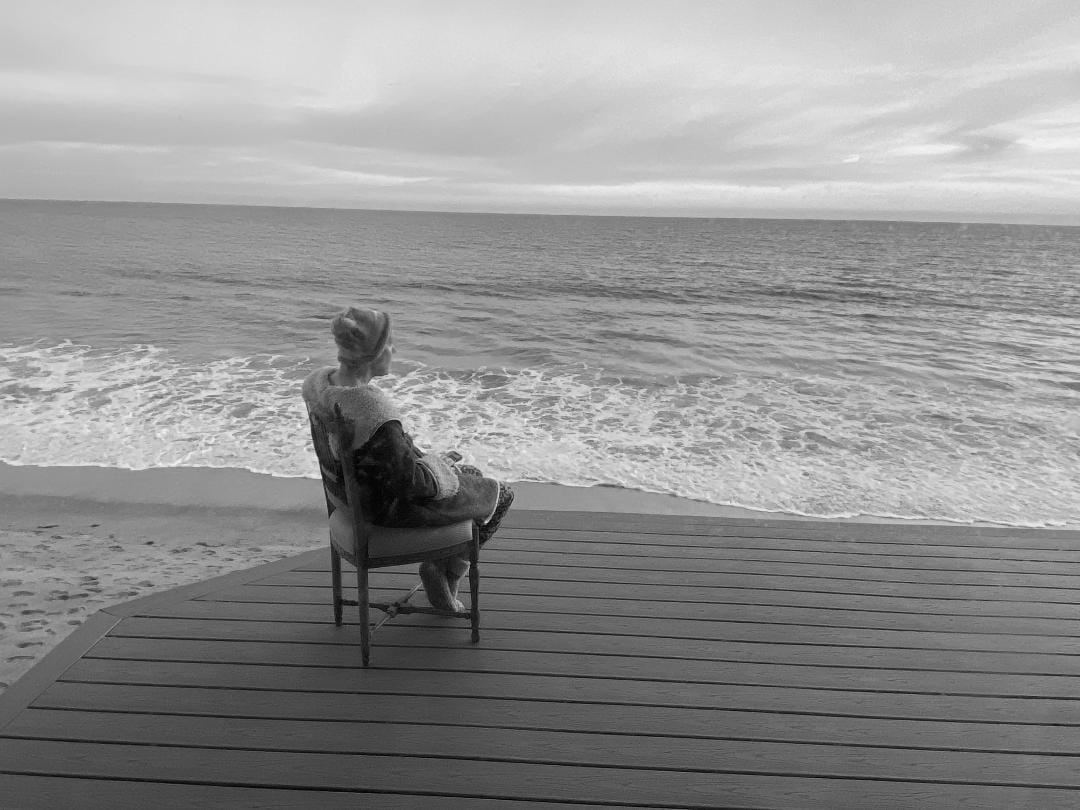
That being said, it’s been a learning curve. Before I fought cancer, with the exception of a couple of members, I chose to step away from my family for best chance at survival. But after going into remission for about a year, I broke a promise to myself and to God when I let them back in. Within a month, I had a recurrence and had to fight for my life all over again. That time, I almost didn’t make it.
After hitting remission once more, I chose to let go of my toxic family members, this time for good. That was the best and most painful decision I ever made and I’ve never looked back. I feel free for the first time since forever — and no longer fear what they’ll do to hurt me next.
Thankfully, family estrangement is now an emerging social trend, and I was comforted to see the topic picked up by major publications like the New York Times recently. This trend appears to be happening due to our deeper examination of family trauma, childhood and otherwise.
It is my belief, that despite the stigma and social shame that accompanies this choice, it is the worthy one to take, when all else fails, to maintain agency and, in extreme cases like my own, to survive.
Today, two years plus free of cancer, I’m proud of the discoveries I’ve made and strident actions I’ve taken. While I still long for a healthy family-of-origin, I focus on what I have — an extended family of choice who love and value me for who I am.
That, and I’m alive.
Cynthia Toussaint is the founder of For Grace, a nonprofit that betters the lives of women with chronic pain. For more than four decades, she has lived with Complex Regional Pain Syndrome, and has been battling breast cancer since 2020.
Please note that we may receive affiliate commissions from the sales of linked products.

